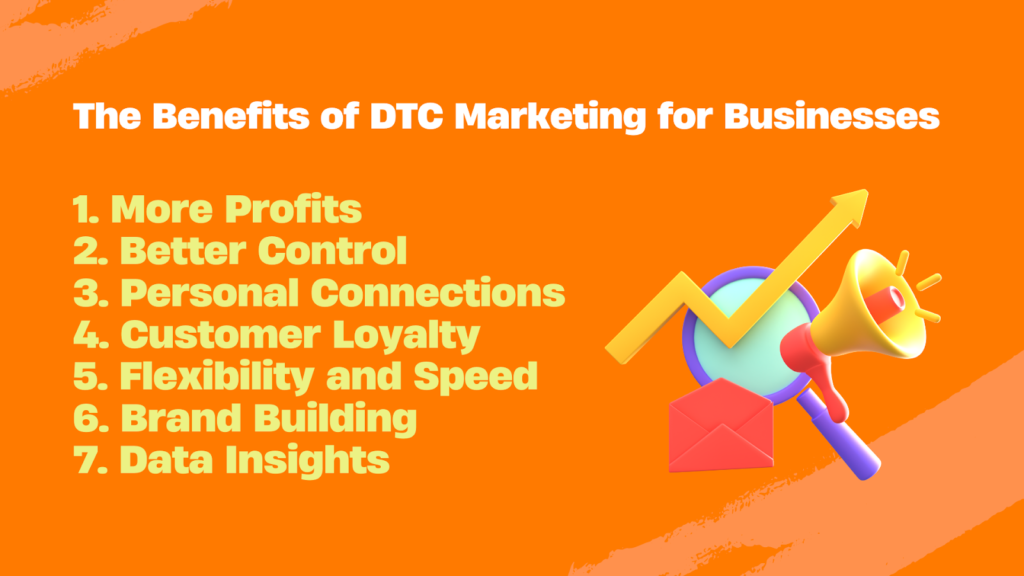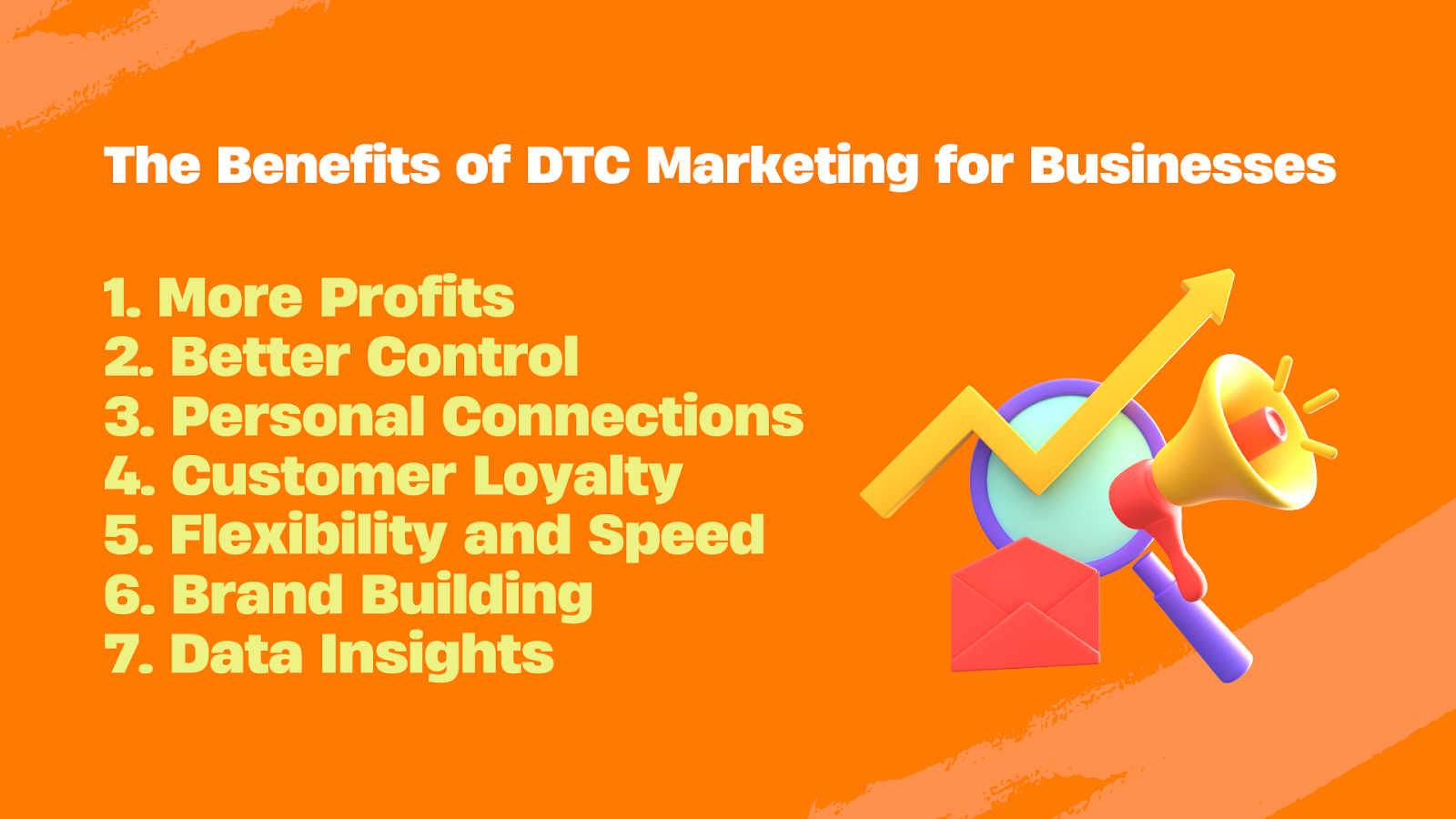
Running a DTC business today has become much easier, thanks to the numerous tools and vast amount of information available on the Internet. Engaging with your customers is as simple as sending a quick SMS.
However, the market remains highly competitive, with multiple players continuously looking for methods to enhance profits, sell more inventory, and retain loyal consumers. Product bundling is a strategy that can check all three boxes—but only when executed correctly.
What is Product Bundling, and when is it Effective?
Let’s start with the basics: understanding bundling. In simple terms, a bundle is a collection of related products sold as a single package. A great example is the BOGO (Buy-One-Get-One) deal, where an online seller offers two products for the price of one, with the higher-value item serving as the “leader product.”
So, the main idea is to sell the bundle at a lower price than if the items were purchased individually, providing greater value to customers and saving them money. Product bundles can range from pure bundles to mix-and-match sets, gift collections, cross-sells, and same products, offering various combinations and sizes.
They can prove to be really effective in various scenarios, especially when businesses are aiming to increase sales volume by offering customers a discount for purchasing multiple items together. This enhances the perceived value of the products, as customers often view the package deal as more affordable or advantageous than compared to buying the items separately.
What is the Cheapest Fulfillment Center in the US?
If you are going to ship products to your customers, you will need global fulfillment solutions and services. But which U.S. fulfillment center offers both exceptional service and affordability?
Simple Global and Logos Logistics are two leading companies that provide 3PL logistics and fulfillment services in Michigan and other states in the U.S. for businesses looking to grow and reach new customers in multiple locations worldwide. Their fulfillment services stand out for offering a full suite of features and an expert team to manage logistics operations at a competitive and transparent pricing structure.
Is it Better to Upscale through Bundles or Add-ons?
Upselling through bundles and add-ons are both effective strategies that can increase your average order value (AOV). However, many businesses think of bundles and add-ons solely as profit-driven tactics. They focus on potential earnings rather than prioritizing customer experience. When upsells are viewed this way, they are less likely to succeed.
Successful upselling strategies focus on customer satisfaction. Businesses that prioritize their customers recommend products that genuinely add value and complement the original purchase. So, the answer is both– but only when done correctly. To truly boost conversions, your upsells should:
- Be a suitable match: Simply offering any product to increase order value won’t work. The upsell—whether a bundle or an add-on—must be relevant to the original product the customer chose.
- Be personalized: Personalization goes beyond just using a customer’s name. It involves leveraging their purchase history and interactions with your store to recommend products tailored to their needs.
- Be frictionless: Customers expect a smooth, quick buying experience. Upsells should be simple—ideally one-click purchases—without requiring customers to re-enter payment details.
Are you Using Product Bundling to Clear Inventory?
Even major brands like PlayStation rely on bundling strategies because they deliver results. As already mentioned above, product bundling is a lucrative strategic way to move slow-moving inventory by pairing less popular products with bestsellers, thus clearing out stock that may have otherwise remained unsold.
According to McKinsey, 35% of Amazon’s sales come from recommendations, many of which feature “buy it with” bundles. With just one click, customers can easily add all the suggested items to their cart.
If you haven’t developed a bundling strategy yet, don’t worry—we’ve got you covered.
Crafting a Product Bundling Strategy: A Step-by-Step Guide
Creating a product bundling strategy can vary depending on your goals, but some key principles apply across the board. These principles are mentioned below.
Step1: Choose What to Bundle
The products you select for bundling should align with the type of bundle you’re creating to achieve your desired outcome. Here’s how to choose the right products:
- Buy-More-Save-More Bundles: Typically applied across your entire store or specific product lines, this strategy is ideal for clearing stagnant inventory. Identify slow-moving products in your inventory and group them together to boost sales.
- Quantity Discount Bundles: Designed to sell multiples of the same product, these bundles work well with replenishable items. You can promote bestsellers to increase average order value (AOV) or experiment with quantity discounts to help move slow-moving replenishable goods.
- Leverage Data: Pre-packaged kits are most effective when bundling complementary products that are frequently bought together. For example, if customers often purchase socks with shoes, it’s a strong indication that bundling these items could be successful.
Avoid overwhelming customers by focusing on one or two bundling strategies that best suit your business.
Step 2: Set Your Bundle Price
Pricing your bundle can be simple if no discount is involved. Start by calculating the gross margin for each product in the bundle, which is the selling price minus the cost of goods sold (COGS). This will give you a clear picture of your cost baseline.
From there, you can determine an appropriate discount. If your product margins are 50% or higher, a discount of 10-20% off the subtotal can be effective. For margins below 50%, a discount in the range of 5-10% typically works well. It’s important that you experiment with different discount levels over time to see what yields the best results for your specific audience.
Step 3: Name Your Product Bundle
The name of your bundle plays a significant role in attracting customers. A good practice is to name the bundle based on the primary benefit it offers. For example, belif names its skincare bundles after their specific benefit, like “Our Belief for Dry Skin.”
By highlighting the value customers gain from purchasing the entire bundle, you provide a compelling reason for them to buy multiple products together instead of just one.
Step 4: Market Your Bundle Effectively
Once your bundle is created and priced, active promotion is key to success. Promote the bundle using email campaigns, social media, your website, and other marketing platforms.
Use eye-catching graphics and highlight any discounts or special deals to entice potential customers. Clear and compelling messaging about how the bundle provides added value will enhance its attractiveness and drive sales.
Why Do Some Businesses Use Bundle Pricing?
Bundle pricing is a strategy many businesses use to enhance customer loyalty, increase revenue, and encourage higher spending by offering discounted prices on groups of products or services. Packaging items together at a reduced rate allows businesses to create urgency around their offerings, boosting overall sales. Here are four ways that bundle pricing benefits businesses:
- Optimize Pricing: Bundle pricing enables businesses to optimize their pricing strategies, striking a balance between maximizing profits and attracting customers. By adjusting bundled prices to reflect customer preferences, demographics, and other factors, businesses can offer attractive deals without sacrificing profitability.
- Boost Sales Volume: Customers are more likely to purchase when they see value in bundling. By offering a collection of products at a lower cost than buying them separately, businesses make it easier for customers to choose, especially when they need multiple items in the bundle. This drives up sales volume by making bundled options more appealing.
- Simplify Marketing Efforts: Instead of promoting individual products, companies can focus on marketing entire bundles, streamlining their messaging. This allows businesses to more effectively target potential customers, refine their sales process, and ensure their offers resonate with different market segments.
- Enhance the Buying Experience: Simplifying the buying experience is crucial for driving sales. Bundle pricing allows customers to easily view and purchase groups of products or services in one package, reducing the need to compare individual items. This hassle-free approach helps customers make quicker decisions, leading to higher satisfaction and more efficient purchasing.
Final Words
A product bundling strategy can set your business apart from competitors while enhancing both the perceived and actual value for customers. By trying various bundle combinations, you can determine which ones best suit your online store, driving up both revenue and customer loyalty.
Customers will appreciate a great deal, making them more likely to return for future purchases. At the same time, you can rest assured knowing that your average order value is rising, inventory is moving rapidly, and you’re gaining a competitive edge in your market.
Ready to take your DTC business to new heights with a smart bundling strategy? Let Simple Global manage your logistics while you focus on building the perfect product bundles. With our all-in-one WMS solution, competitive pick-and-pack rates, and fully managed inventory, we’ll ensure your orders are processed and shipped seamlessly.
Reach out today, and leave the fulfilment to us!

